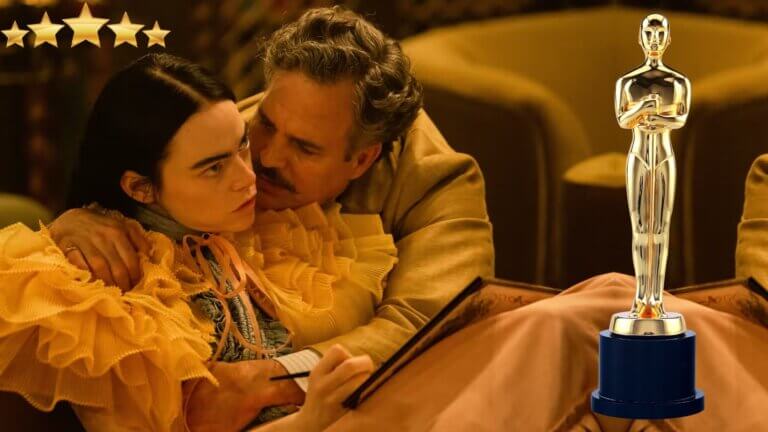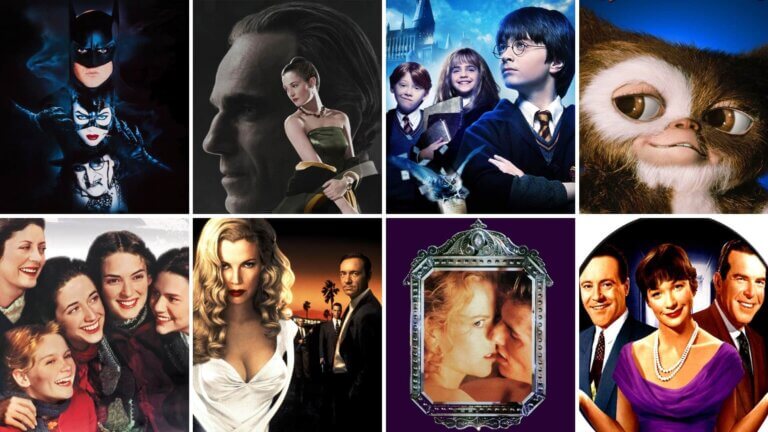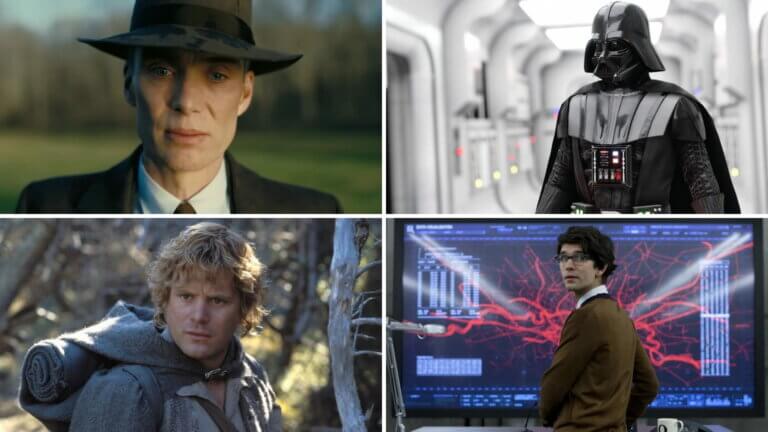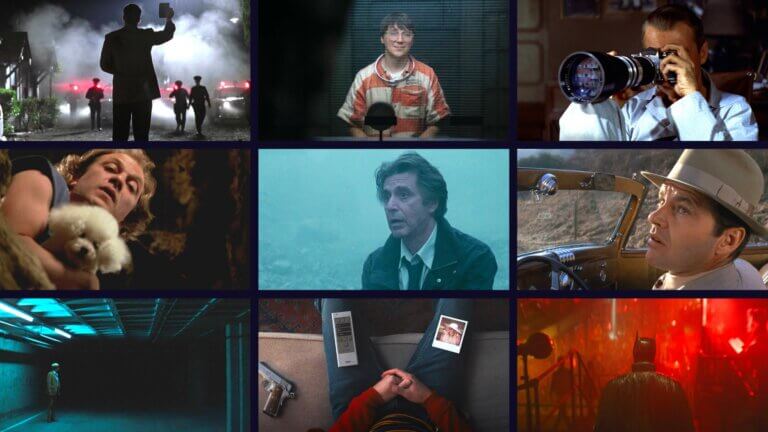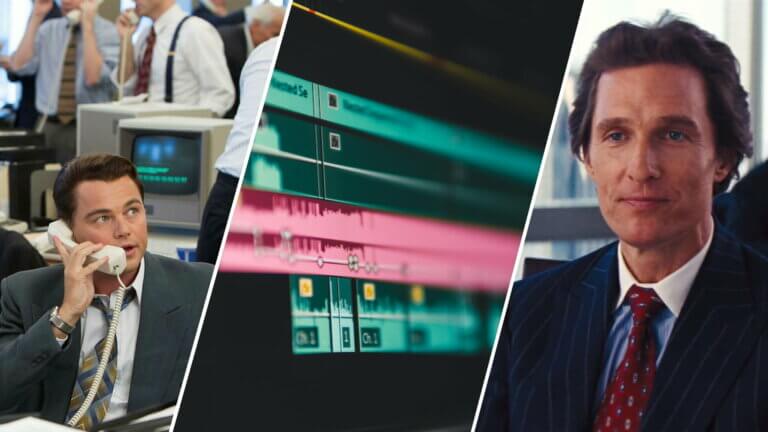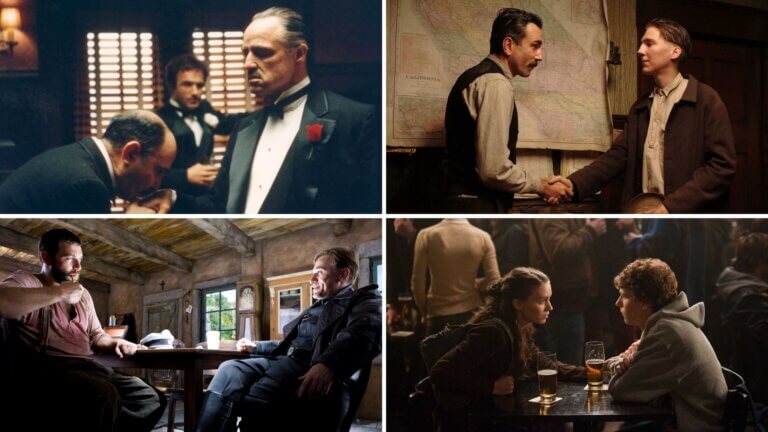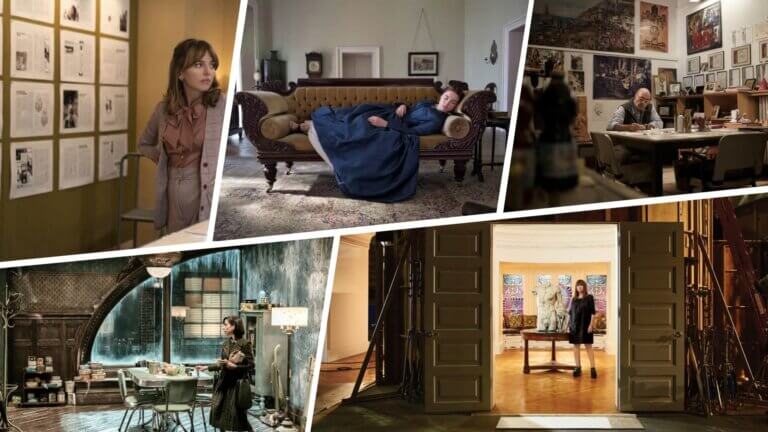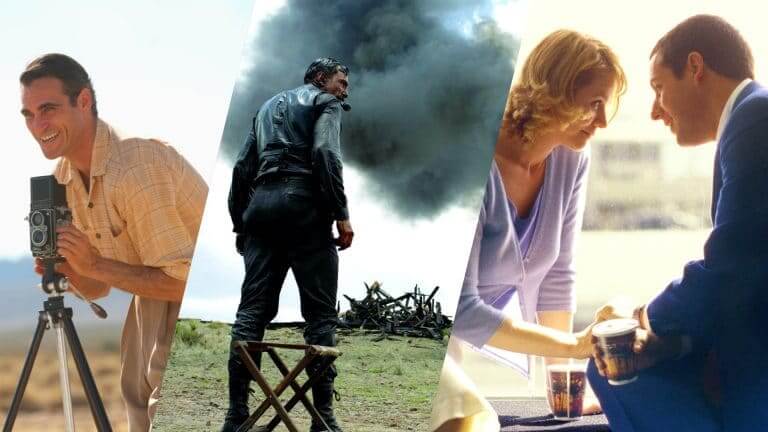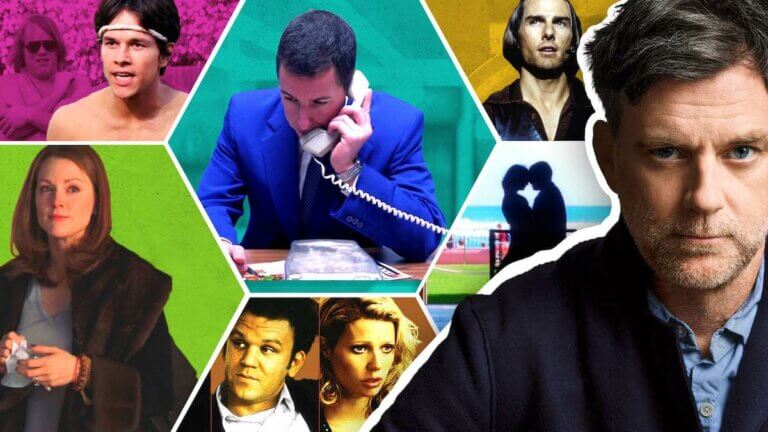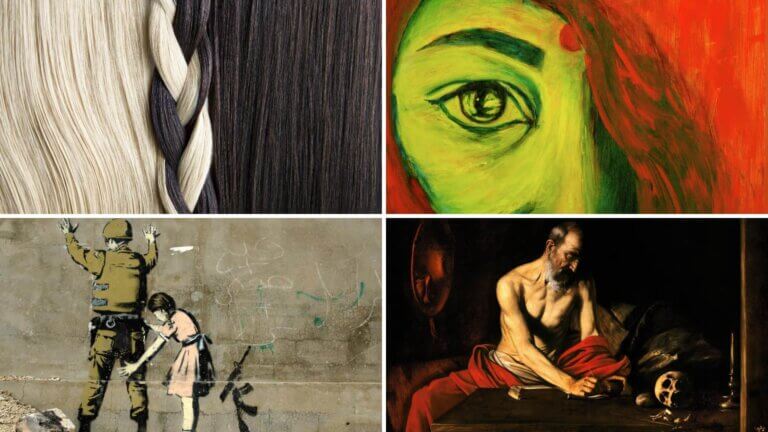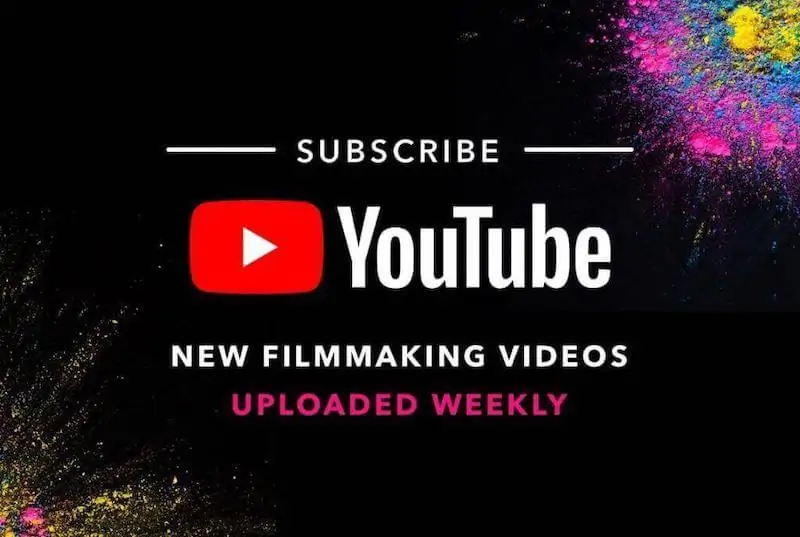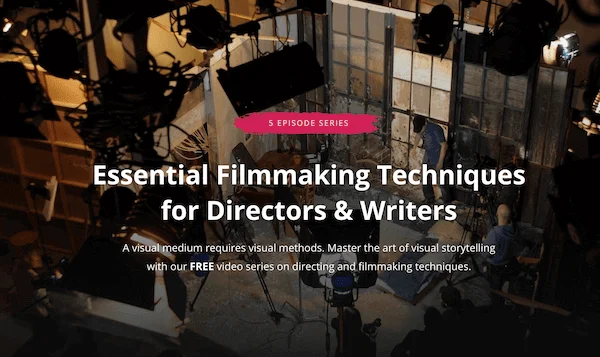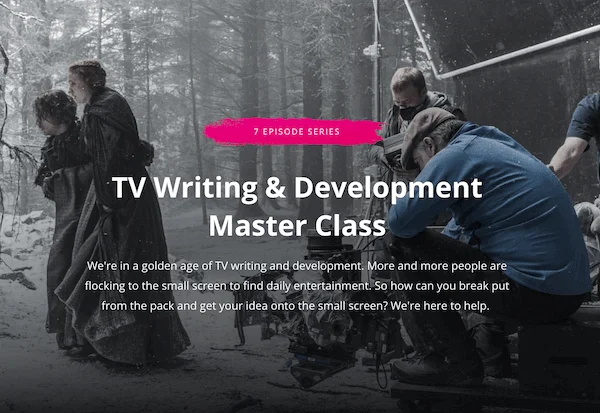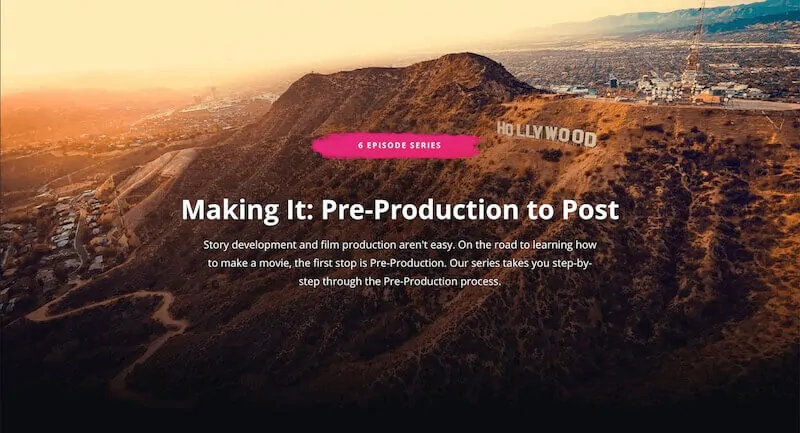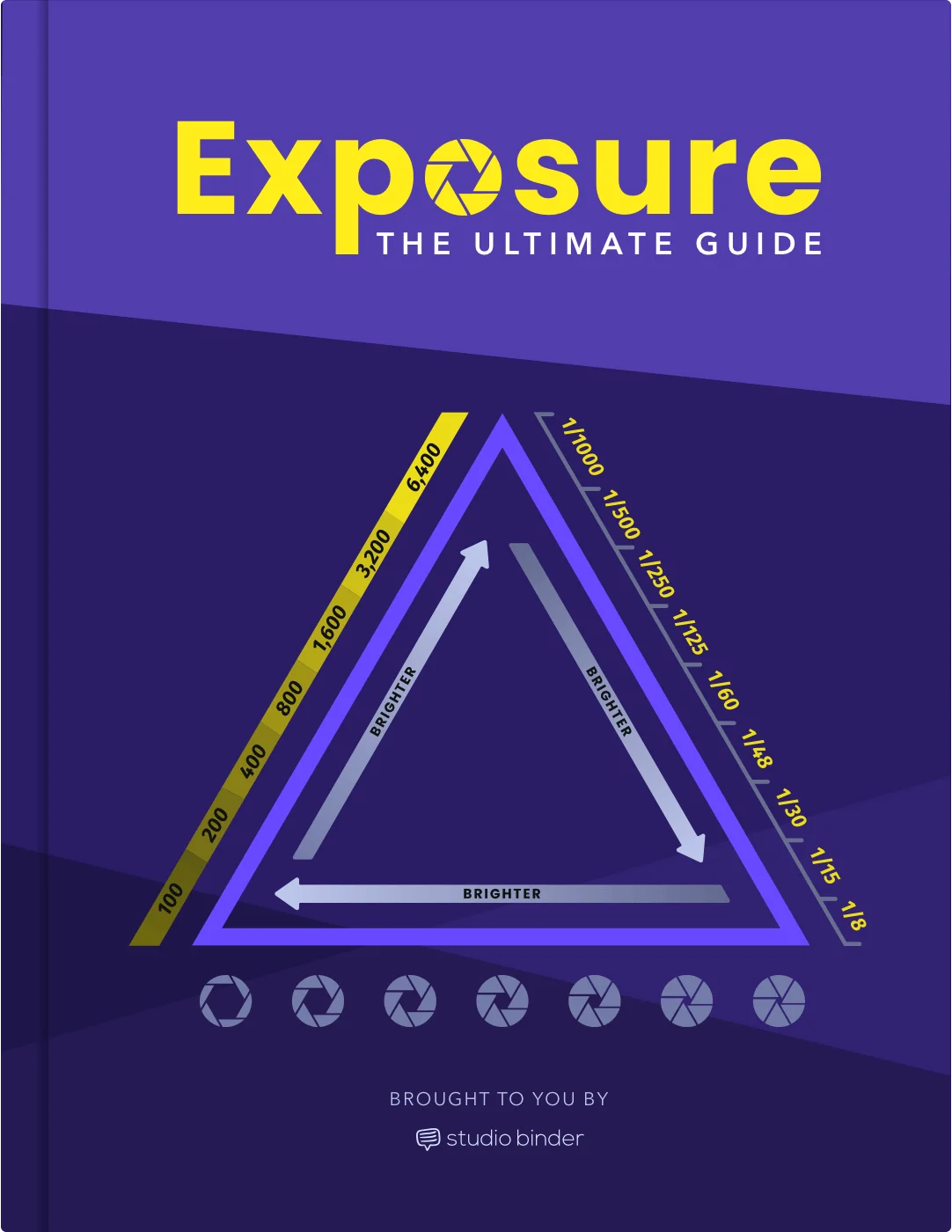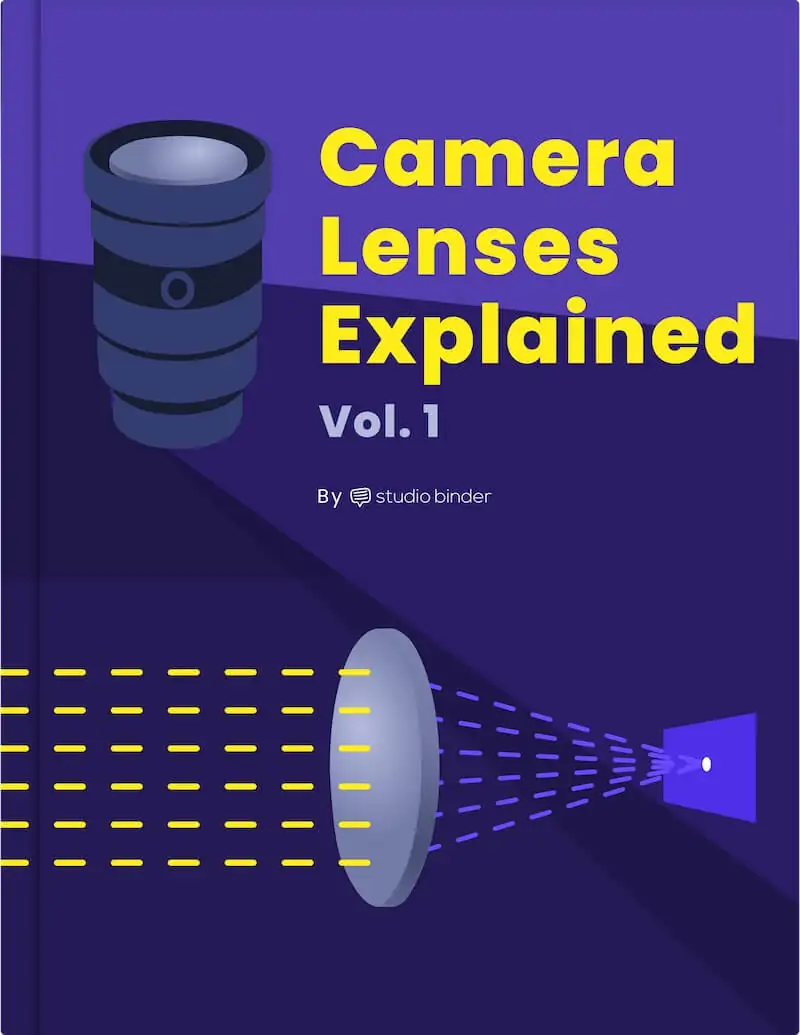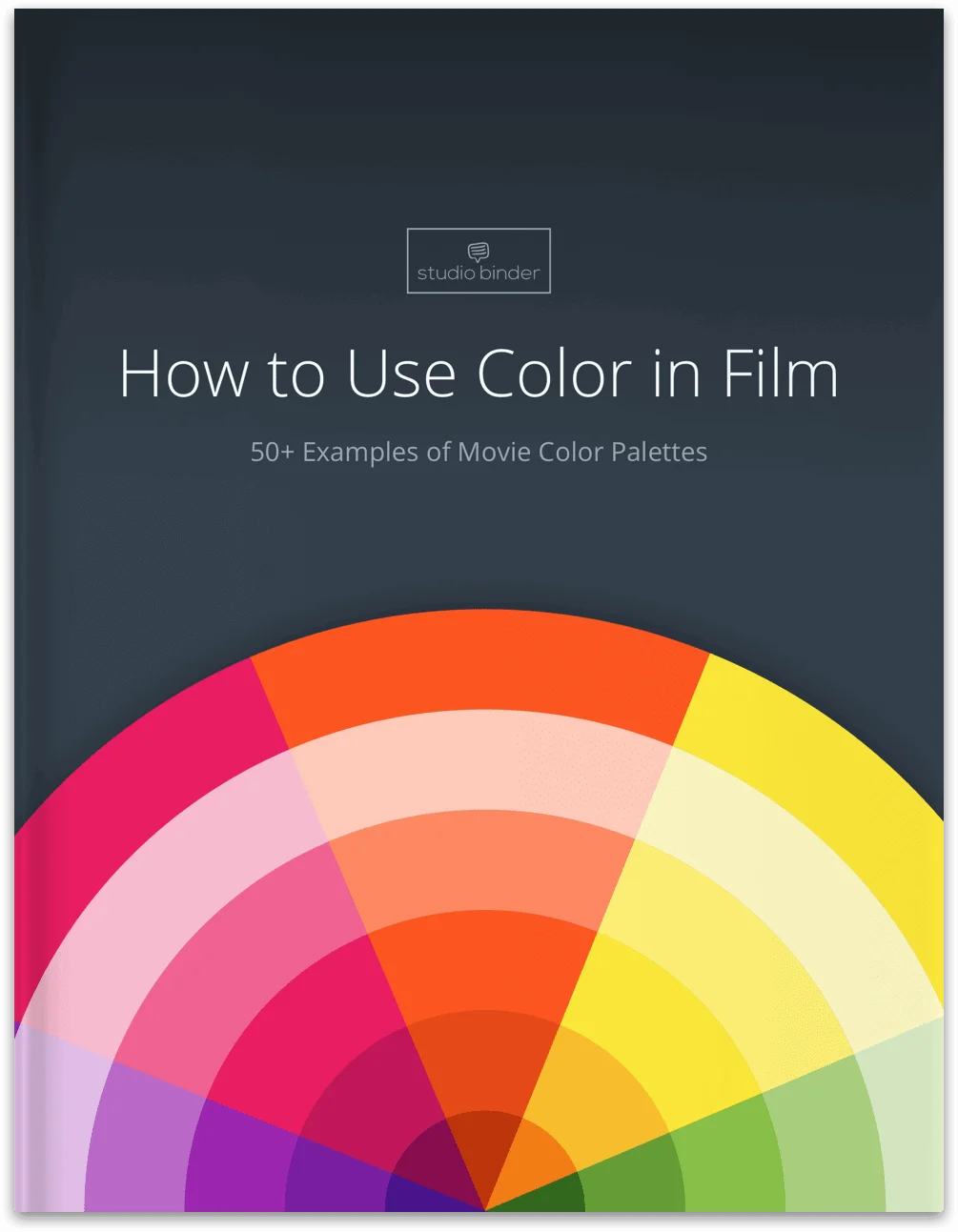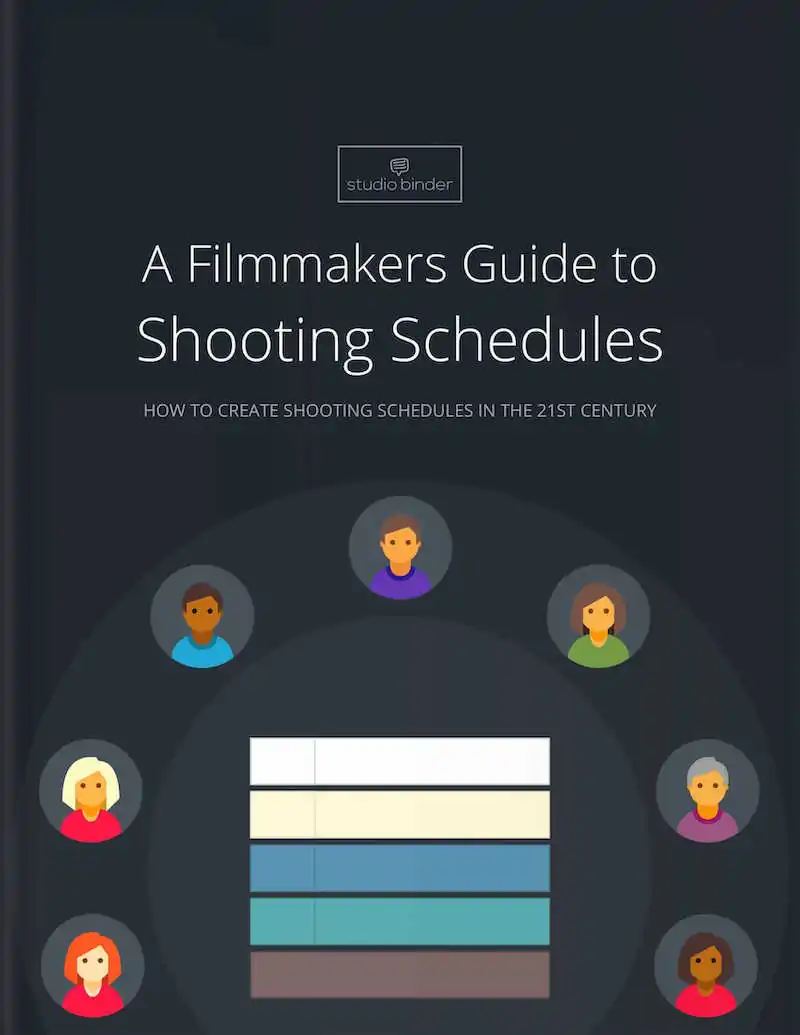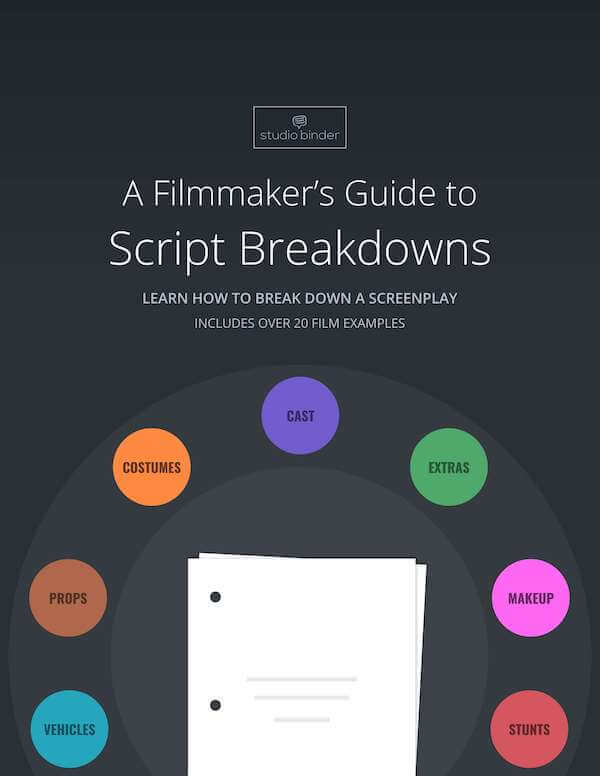In cinema, film reviews hold a significant place, serving as a bridge between the film industry and viewers. They provide an analytical perspective that helps audiences decide what to watch and understand the nuances of a film. In this article, we will delve into the definition of a film review, its critical components, and shed light on some iconic film review writers who have significantly shaped the field.Continue reading What is a Film Review — Definition, Examples & Top Critics
You’ve unwrapped your gifts, gorged yourself on a massive breakfast, and curled up next to a roaring fire. It’s Christmas, and it’s time to throw on the perfect movie. Sometimes, however, the obvious Christmas classics feel a little too obvious. We’re here to help with a list of Christmas movies that aren’t really Christmas movies. These are the movies, for some reason, we keep coming back to for the holiday season.Continue reading 12 Best Christmas Movies That Aren’t Christmas Movies
What are the types of characters in a story? Some of us have heard terms like protagonist and antagonist before — but what are they? And what do they mean? We’re going to break down all the essential types of characters so you can see how writers utilize character types in their stories. By the end, you’ll know what makes character types unique and how to implement them in your own works.Continue reading What Are the Types of Characters in a Story
A detective movie can be a lot of things: a moody noir, a screwball comedy, a sci-fi thriller. Any of these genres can follow one protagonist trying to answer a question. Detective movies follow searchers– people are not satisfied until they get to the bottom of it all. Often, the answer isn’t as simple as they’d like, instead raising more questions about the world around us. Here are the best detective movies ever.Continue reading Best Detective Movies of All Time — Film’s Greatest Gumshoes
Are you having trouble transitioning from one scene to the next? Maybe you feel like there’s something missing in the cut. Or maybe the cut is just far too abrupt and distracting. Sound bridges are an incredible editing technique that can be found in nearly every film you’ve seen. What is a sound bridge in film and how is it used? In this article, we’ll take a look at various ways filmmakers use sound bridges to tell their stories and move them along in an engaging way. Continue reading What is a Sound Bridge in Film — Scene Transition Techniques
Great performances, direction, cinematography, and even production design are all essential for creating an engaging dialogue scene. But one of the most important aspects of a great dialogue scene is effective editing. Editing can make or break a dialogue scene even if all of the other filmmaking elements fall into place. So how do you edit a dialogue scene? What editing techniques can be used so that a dialogue scene stays interesting and engaging? We’ll learn how to edit a dialogue scene and what techniques go into a great dialogue scene in this article. Continue reading How to Edit a Dialogue Scene…
When we watch a movie, the visuals that we see on the screen can either transport us to a different world or make us feel like we are simply watching a movie set. That is where production design comes in. Production design is an essential part of filmmaking, responsible for creating the look and feel of the film's world, ensuring that it feels authentic and believable. In this blog, we will take a closer look at the production design definition as well as what elements make for great production design in a film.Continue reading What is Production Design in Film —…
At just 23 years old, Paul Thomas Anderson broke into the filmmaking scene with his short film “Cigarettes and Coffee.” Four years later, Anderson released his acclaimed sophomore feature, Boogie Nights, which nabbed him his first Academy Award nomination for Best Original Screenplay. In the years since, Anderson has made widely revered films with some of the world's greatest actors, becoming a forerunner of American filmmaking. And now, the best Paul Thomas Anderson movies are ranked and debated incessantly. Each of the writer-director's works showcase at least one of the tools in his artistic arsenal, and some in fact showcase them…
Paul Thomas Anderson movies have evolved over the last two decades. His early films are chaotic and dramatic, built with extreme techniques and extreme performances. His later films have similar intensity, but it is often internal, more intellectual than physical. And his directing style has also become more mature and restrained.So far, P.T. Anderson only has eight feature films under his belt, but he has emerged as one of the most exciting American filmmakers. Let's take a trip through his filmography and find out what makes Paul Thomas Anderson movies so damn good.Continue reading Paul Thomas Anderson Movies and Directing…
When it comes to art, human beings are drawn to both harmonious and antagonistic compositions. While harmony in art can evoke pleasing emotions that viewers are drawn to, art with conflict can create greater intrigue and story. One of the most valuable techniques for creating the latter in art is contrast. What is contrast and what is its place in art?Contrast can be used in nearly every art form in numerous ways. But it’s important to understand the “Why?” behind its ubiquitous use in art. In this article, we’ll take a look at why artists and consumers of art alike…
